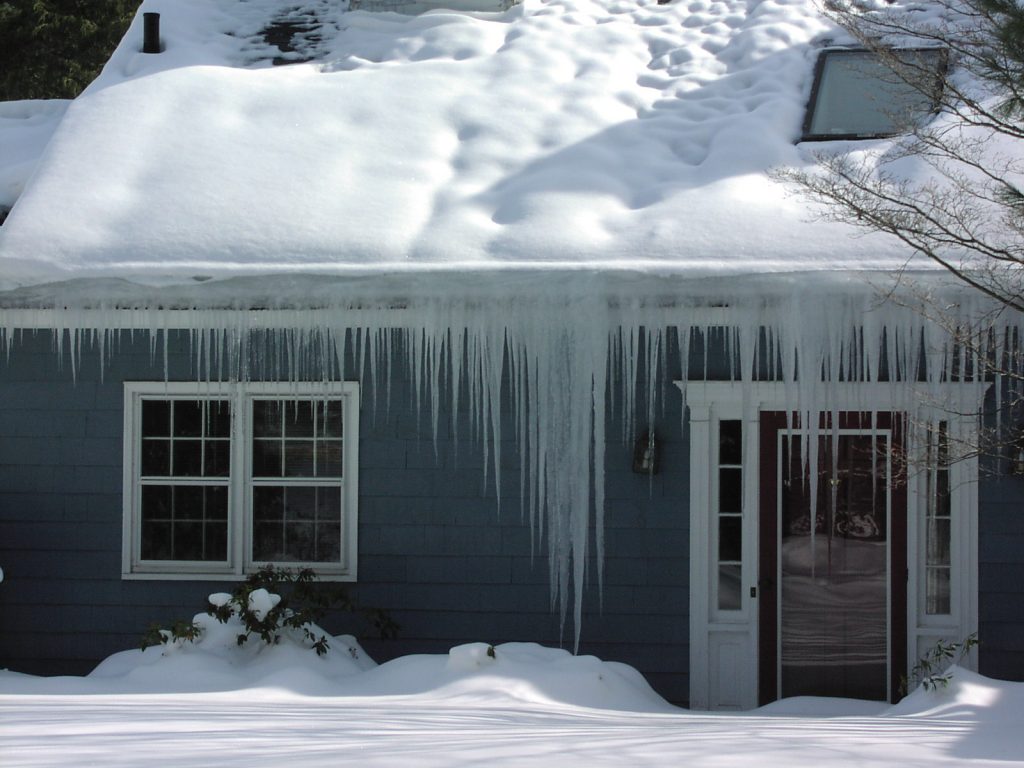When the summer ends and fall is coming, we should be aware that winter will eventually arrive in a few months. This is a good time for us to get fully prepared. One of the potential problems during winter is ice dams. It could happen when snow that accumulated on the roof melt partially during a clear day, both from the sun and warm air that leaks from inside the house. Unfortunately, the water will refreeze during the night and ice could slowly accumulate. This repeated process will create iced dams that could cause water to back up behind fascia boards and under the roof shingles. It will slowly cause water damage on our house that can be very difficult to handle during winter. Fortunately, there are things we could do to minimize bad effects of ice dams.
The first thing we do is to check the insulation system and we should make sure that it can withstand another winter. Damaged parts and discovered leaks should be repaired quickly. The shingle underlayment should also be waterproofed to prevent leaks when water does accumulate. However, this can be a somewhat bigger project, because we need to remove the shingles to install the waterproofed material. After a few winters, we may need to replace or add more attic insulation. Attic ventilation is also needed, because moisture from laundry, cooking and bathing should be allowed to escape. We could choose a power ventilator with a strong electric fan that can be installed at the gable and roof. This will make sure that the roof has proper temperature.
Good underlayment installation should prevent water from backing up and damaging our house. Depending on the amount of ice and snow, the underlayment should be installed at different situations. It is important to avoid using underlayment that doesn’t “breathe”, because it could prevent air circulation and condensation to accumulate. Underlayment can be applied along the eaves, around chimneys, at areas with pitch changes, at roof penetrations, and under flashing. We should also need to check local building codes about proper installation of ice shield. We may also need to install heat tape or electrical heat coil. These equipments should be available in local hardware stores for reasonably low price.
Water accumulation could also be prevalent at the valleys, if it has nowhere to go. Also, if the valley butts into a chimney or a wall, water won’t flow freely of the roof. We may need to bring a hose to the roof and check where water may accumulate or flow too slowly. These spots could cause problems, especially when snow begins to accumulate. Heat tape should help us significantly in addressing damming issues. However, it could be rather expensive to operate. It is a good idea to consult roofing contractors when we want to assess specific areas. We should be aware that proper planning could prevent a whole lot of problems and pain during cold winter days. When the roofing project is completed in fall, we should feel much better.
